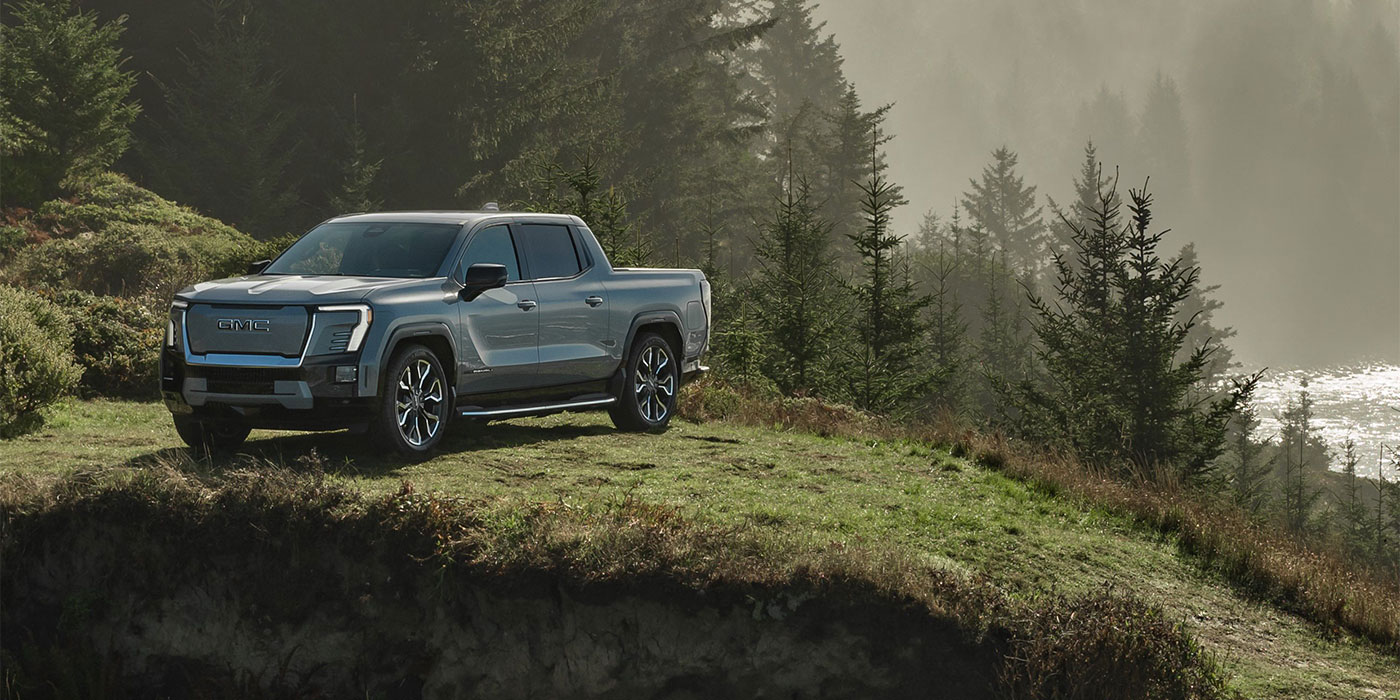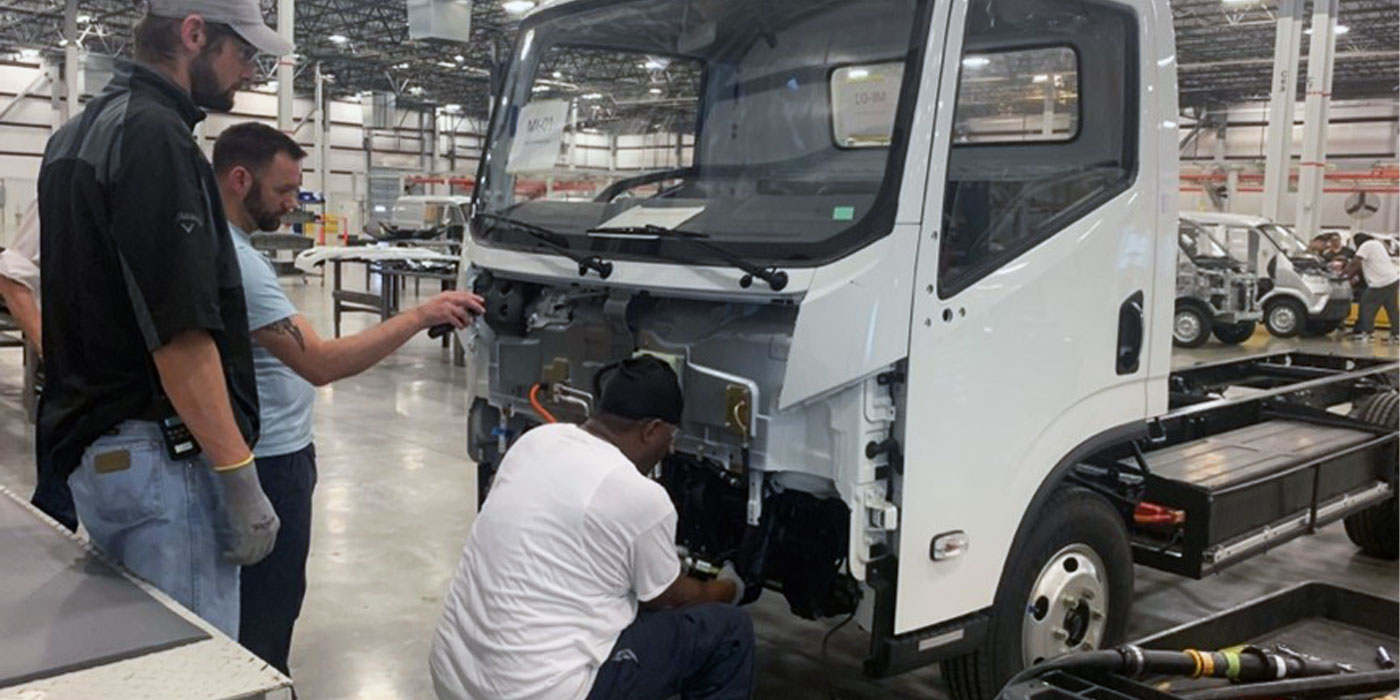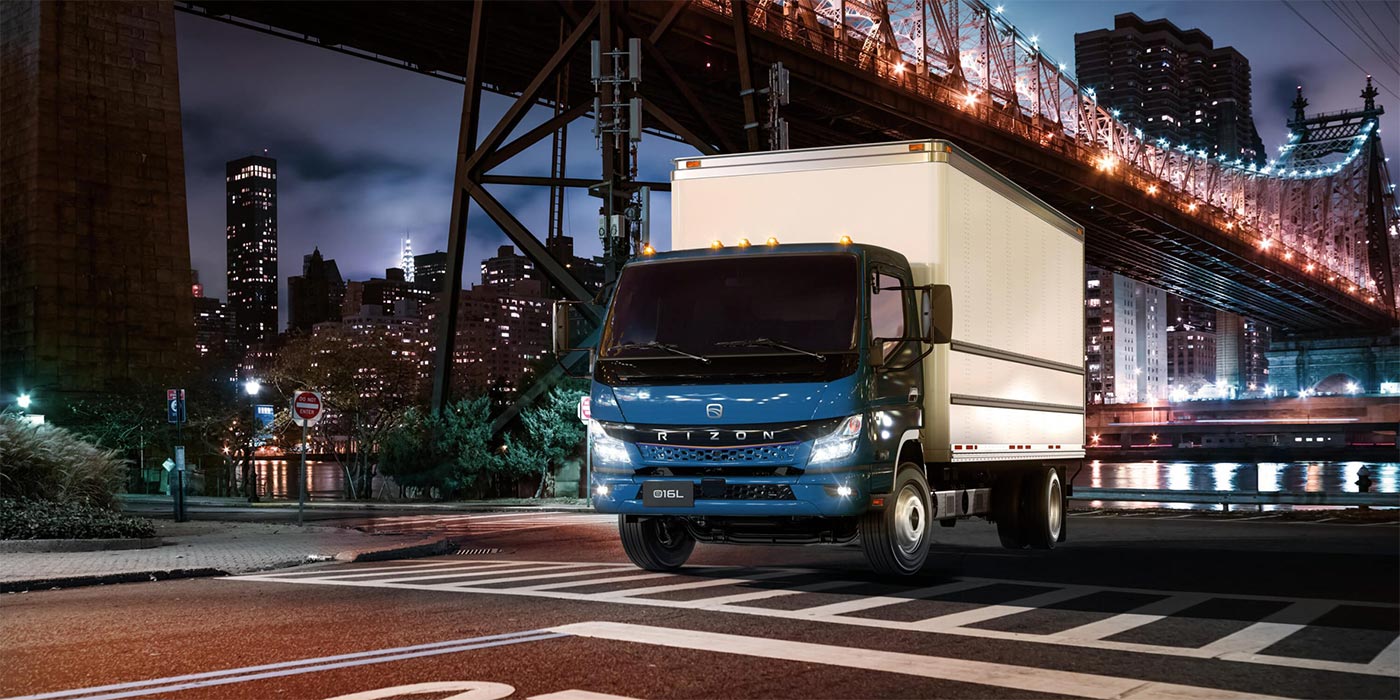There are some very solid use cases for EVs out there, and while the current technology means they aren’t quite right for every consumer or every application quite yet, there’s a consensus that says short routes are great for EVs.
And that means fleets in the delivery space are experiencing a renaissance of sorts when it comes to their vehicles of choice.
This is especially true for fleets that run last-mile delivery routes, those routes that bring a product from the warehouse shelf to the customer’s doorstep. Last-mile is a natural fit for EVs, because it offers defined routes that can be planned to maximize the electric vehicle’s range and recharging opportunities.
Think about it: These fleets can run their routes without range anxiety; they can charge up when energy rates are low; maintenance costs for EVs are typically less expensive than their ICE counterparts; and EVs are less noisy, meaning companies can potentially make deliveries when local noise ordinances would prevent the use of a gas-powered vehicle.
It’s happening right now in some of the nation’s largest fleets. Amazon’s partnership with Rivian is the perfect example.
Just last month, the online retailing behemoth began rolling out its Rivian vehicles in some of the nation’s most populated cities – like Dallas, Chicago, San Diego and more – in the beginning of what is expected to be thousands of Amazon’s custom electric delivery vehicles in more than 100 cities by the end of this year—and 100,000 vehicles across the U.S. by 2030.
Now, Amazon is hoping to be a trendsetter in this space with its custom Rivian delivery vehicles, and although we don’t yet know some of the nitty-gritty details on the vehicles yet, we do know that Amazon is debuting at least three different models with different ranges and storage – sitting between 120 and 150 miles; and between 500- and 840-cubic-feet, respectively.
While it may be tempting to believe that Amazon will never get anywhere with that kind of mileage, keep in mind its routes aren’t very demanding and many drivers report driving far less than 100 miles a day. Plus, Amazon isn’t blind to its own needs, and reported testing deliveries with Rivian preproduction vehicles, delivering over 430,000 packages and accumulating over 90,000 miles.
Amazon also worked with Rivian to specialize the vehicles to maximize workflow, with features like automatic door locking/unlocking as the driver approaches or leaves the vehicle; a powered bulkhead door that opens when drivers reach their delivery location; and a strengthened door on the driver’s side for additional protection.
Of course, Amazon isn’t the only one experimenting with making deliveries with a battery-powered vehicle. Other delivery behemoths like little ol’ Federal Express are also jumping into the electrified fleet pool, as in August the company received its first 150 electric delivery vehicles from BrightDrop, a startup from General Motors. For now, FedEx is implementing these vehicles only in Southern California – the mecca of electrification efforts in the U.S. Add to that that the BrightDrop Zevo 600 vehicles have an estimated range of up to 250 miles – yeah, FedEx drivers clearly will have no issues dealing with range anxiety.
Now, here’s one more you might be familiar with, too: Walmart! The retail giant recently signed a definitive agreement with EV maker Canoo to purchase 4,500 of its rather unique-looking all-electric delivery vehicles, beginning with what it calls the Lifestyle Delivery Vehicle, or “LDV”, and with the option to purchase up to 10,000 units.
While we don’t have the exact specs on the model Walmart has commissioned yet, the lifestyle delivery vehicle Canoo has listed on its website has a range of 250 miles and is capable of carrying 1,464 lbs. of payload.
While the LDV is officially expected to begin hitting the road in 2023, the companies say they plan to refine and finalize vehicle configuration with some test deliveries in the Dallas Fort Worth metroplex. They may be outside now if you look hard enough.
These household-name companies may be leading the charge today on electric delivery vehicles, but the fact is that electrified vans and trucks are a ripe opportunity for last-mile fleets across much of the country to save on fuel costs and TCO. Don’t be surprised if it isn’t long before electrification in this part of the commercial vehicle system is normalized.













